Contrary to popular perception, it’s not only the younger generations who are cutting down on the booze – the phenomenon is seen across all age groups. And even among 18- to 24-year-olds (who do over-index the market) it’s not always just a case of binning the booze completely. Only 18% are not drinking at all, while 50% are moderating their consumption.
Trusted brands
Often, they are drinking low and no versions alongside alcoholic drinks during the same occasion in an attempt to pace themselves. All this means that, overall, 99% of people who buy alcohol-free drinks also purchase alcohol, and rather than Dry January, the biggest week for alcohol-free sales last year was in the immediate run-up to Christmas.
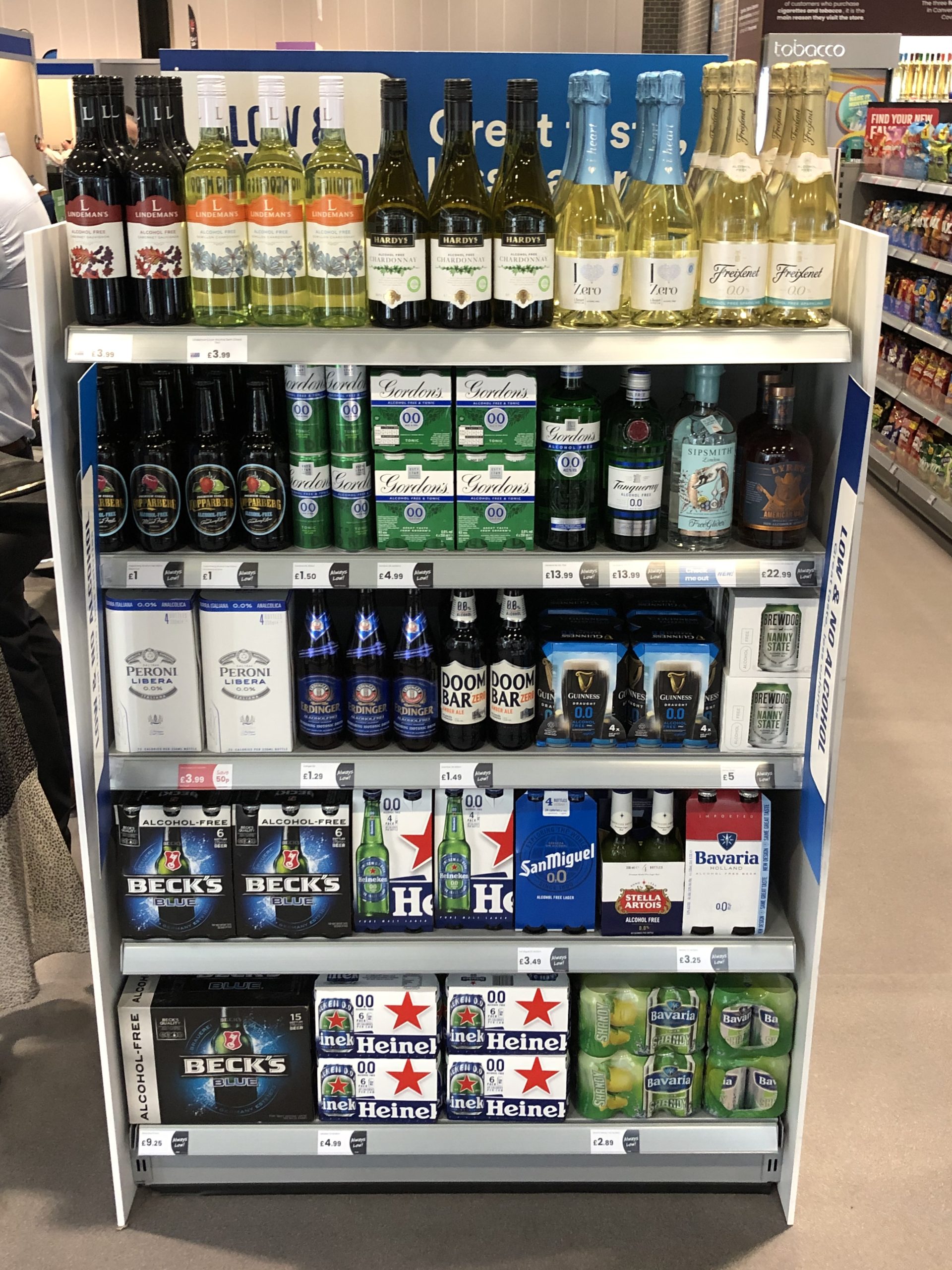
These trends are, of course, being tracked closely by the big drinks manufacturers, who have been busy developing reduced-alcohol versions of their best-known brands – whether beers, ciders, wines or spirits – and are now heavily invested in this important sub-category.
“The no and low alcohol category has been going from strength to strength in recent years and is now worth £172m across the off-trade,” says Sunny Mirpuri, director for wholesale and convenience at Budweiser Brewing Group.
Health focus
A key factor has been the heightened focus on health among consumers in general. “Supported by the government’s initiatives and campaigns to drink more responsibly, 70% of Brits are looking to be healthier in their everyday lives, and a third of consumers said limiting alcohol was an important part of their healthier lifestyle,” Mirpuri adds.
“No and low alternatives often contain fewer calories and less sugar, so are seen as healthier options for shoppers who still want to enjoy the taste of their favourite drink without the effects of alcohol. Therefore, stocking a range of no-and-low options will be key for independents looking to capitalise on this trend.”
Also on the case is Kingfisher Drinks, which as well as its eponymous Indian lager and alcohol-free counterpart Kingfisher Zero also markets brands including Portuguese beer Sagres 0.0%.
Head of marketing John Price says: “We know that no and low alcohol beers are continuing to grow in popularity, so retailers should grasp this opportunity and ensure they are catering for the increasing number of consumers who are looking for moderation.

“In fact, the recent Portman Group’s sixth annual survey in partnership with YouGov revealed that young people are the biggest consumers of no and low alcohol alternatives, with nearly half (44%) of 18- to 24-year-olds surveyed considering themselves either an occasional or regular drinker of alcohol alternatives, compared with 31% in 2022.
“It’s also worth pointing out that those 18- to 24-year-old consumers who are purchasing more no and low now are more likely to convert to lifelong fans of the brand they choose, whether it is in alcoholic or no and low form.”
Premium brands
A key trend within the no and low category has been the increased popularity of well-recognised, premium beer brands. “If consumers make the decision to moderate their alcohol consumption, they tend to start with a brand they already know and love,” says Mirpuri.
“This is evident in our own portfolio, with Stella Artois Alcohol-Free gaining value in the no and low category over the last year.”
One under-explored opportunity for retailers when it comes to beers and ciders is pairing them with food in order to drive incremental sales – and the same is also true for the no and low segment.
Says Price: “With an increasing number of consumers making fewer visits to pubs, bars and restaurants due to ongoing financial pressures, this almost certainly means more eating and drinking at home, where they will want to make home meals as authentic as possible and match their beer choice to their chosen cuisine.
Meal deals
“So, for example, if they are eating Indian food, then pairing it with the only authentic no and low Indian beer brand, Kingfisher Zero, is a great idea. Retailers should respond to this trend with clearly signposted meal deals and inspirational ideas for pairing beers with food.”
When it comes to no and low beers, it is important that retailers offer their customers a variety of standard and premium brands in a range of formats, with some chilled and ready for immediate consumption to ensure they don’t miss out on any potential sales opportunities. A good selection of larger pack formats is also important.
So where is the no and low segment likely to head over the next 12 months? “Consumer perceptions of the no and low category have changed considerably in recent years, having gone from being seen as a bit of a fad which doesn’t taste very nice to something that is enjoyable in its own right,” says Price at Kingfisher.
“This is largely down to operators who have successfully refined their recipes as new processes and hop substitutes become available to offer a high.”
New recruits
Budwesier’s Mirpuri adds: “As drinkers are continuously looking to moderate their alcohol consumption, we expect the category to continue gaining share.
“The highest number of no-alcohol serves is seen within the younger 18- to 34-year-old demographic and this increased popularity is evidence of a wider cultural shift. Stocking no and low options will therefore not only cater to existing customers, but will also recruit new consumers into the category.”
Also stressing the importance of the no and low category is drinks giant Diageo, whose brands include Gordon’s gin and Captain Morgan rum. Lauren Priestley, head of category development for the off-trade, says: “Whether people are choosing to consume alcohol or not, we can expect them to continue seeking out premium options.
“This is particularly important when choosing which alcohol-free options to stock, as shoppers want alcohol-free drinks that taste great so they don’t feel they are missing out on the best experience.
“To tap into the premium alcohol-free spirits trend, we recommend stocking high-quality spirits that can be used as a base for great-tasting mixed drinks.”
 Talking Retail Grocery and product news for independent retailers
Talking Retail Grocery and product news for independent retailers
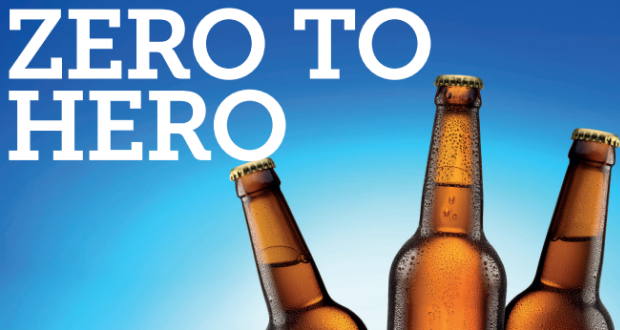
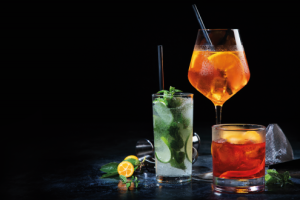
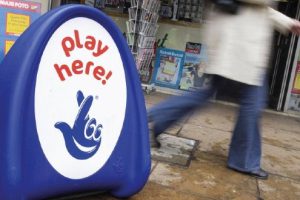


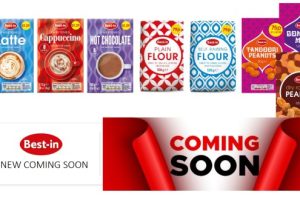

Have your say
or a new account to join the discussion.